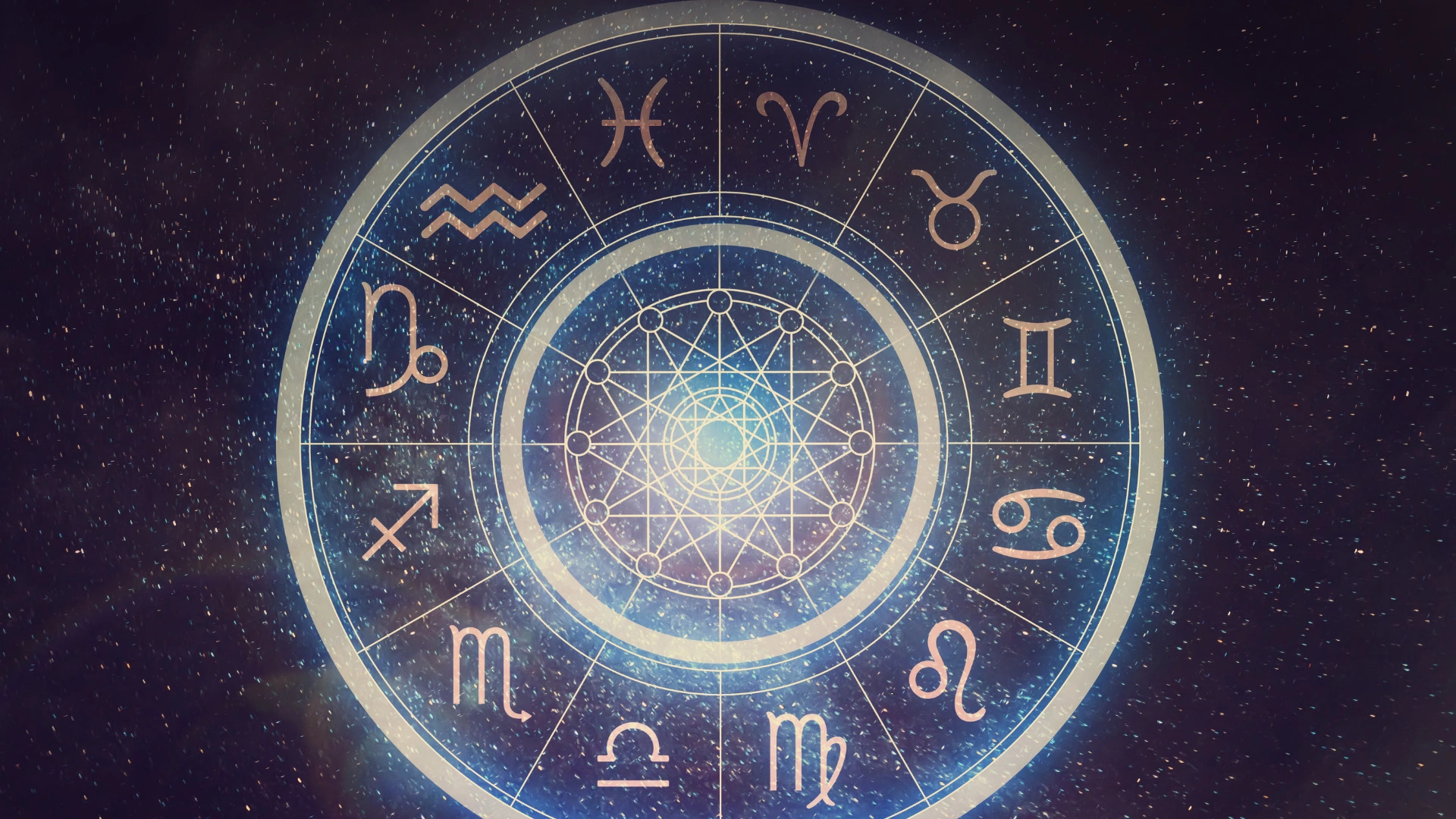Already more than a month overdue, two NASA astronauts will continue their stay at the International Space Station until engineers resolve ongoing issues with their Boeing capsule, officials announced Thursday.
Test pilots Butch Wilmore and Sunita Williams were initially scheduled to spend about a week at the orbiting lab and return in mid-June. However, failures with thrusters and helium leaks in Boeing’s new Starliner capsule have led NASA and Boeing to extend their mission.
NASA’s commercial crew program manager, Steve Stich, stated that mission managers are not yet prepared to set a return date. He emphasized that the objective remains to bring Wilmore and Williams back aboard the Starliner.
“We’ll come home when we’re ready,” Stich said.
Stich acknowledged that alternative options are being considered, including the use of SpaceX’s Dragon capsule as another method for transporting NASA astronauts to and from the space station.
“NASA always has contingency options,” he said.
READ MORE: Sunita Williams Stranded In Space: NASA To Reveal Crucial Update On Safe Return
Engineers completed testing on a spare thruster in the New Mexico desert last week and will dismantle it to investigate the issues before the Starliner’s docking. During the capsule’s approach to the space station on June 6, five thrusters failed just a day after launch. Since then, four of these thrusters have been reactivated.
It appears that degraded seals are responsible for the helium leaks and thruster issues, though these are distinct problems and further analysis is needed. Boeing’s Mark Nappi stated that the team plans to test-fire the capsule’s thrusters this weekend while it remains docked to the space station to collect additional data.
Each of the 28 maneuvering thrusters, which are about the size of a hand and weigh 2 pounds (1 kilogram) each, are crucial for fine-tuning the capsule’s movements. The spacecraft is also equipped with larger engines for deorbiting at the end of its mission. However, this engine segment is discarded before landing, leaving no parts for post-flight analysis.
Following the retirement of the space shuttles, NASA contracted private companies for astronaut transportation to the space station, investing billions of dollars in Boeing and SpaceX for these services.
This was Boeing’s first crewed test flight. The initial demonstration in 2019, which was conducted with an empty capsule, failed to reach the space station due to software issues. Boeing repeated the test in 2022, but additional problems emerged.
Meanwhile, SpaceX has been transporting astronauts since 2020. However, SpaceX’s Falcon 9 rockets have been grounded for the past two weeks due to an upper-stage failure on a satellite launch mission. If the grounding continues, it could lead to delays in upcoming crewed flights.
(Includes inputs from online sources)
ALSO READ: Melania Trump’s First Memoir: A ‘Powerful Story’ With Never-Before-Seen Family Photos





















